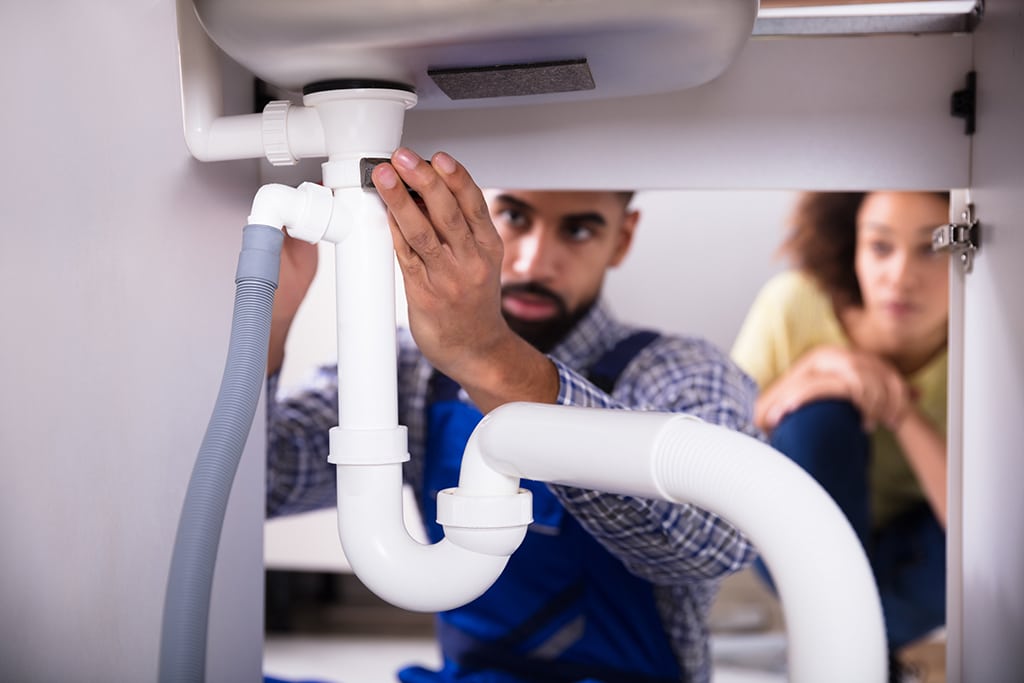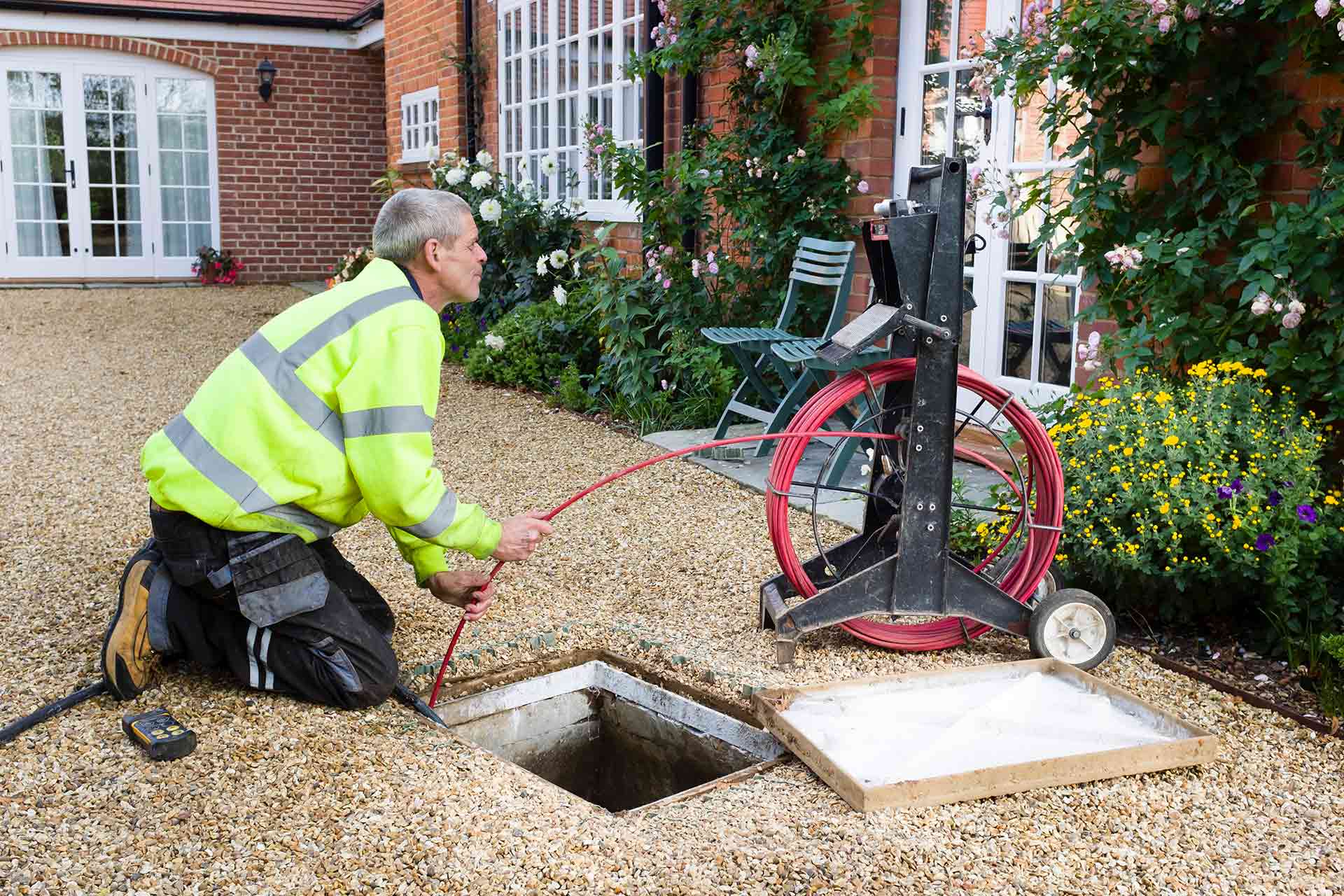What to Clear a Blocked Drain Prior to Calling Professional Assistance
What to Clear a Blocked Drain Prior to Calling Professional Assistance
Blog Article
Every person has got their own individual thinking when it comes to Some easy tips to fix blocked drains.

Intro
Dealing with an obstructed drainpipe can be a frustrating experience, interfering with day-to-day activities and potentially triggering damage to your residential or commercial property. Nonetheless, prior to reaching out to pipes specialists, there are steps you can require to attend to the problem yourself. In this overview, we'll check out DIY options and safety nets to take on a blocked drain properly.
Determining the Issue
The very first step in resolving a blocked drain is identifying the signs. Sluggish drainage, gurgling audios, foul odors originating from drains, or water backing up are common signs of an obstructed drainpipe. Recognizing these indications early can assist stop even more problems.
Typical Root Causes Of Obstructed Drains
Understanding the variables that add to drain pipes blockages is necessary for effective resolution. Typical offenders include hair, soap scum, oil, food particles, and international things like hygienic products or paper towels. Tree roots attacking underground pipes can also cause considerable obstructions.
Do it yourself Solutions
For small obstructions, a number of do it yourself solutions can be effective. Pouring boiling water down the drain can aid liquify grease and particles. Sodium bicarbonate and vinegar or a blend of salt and cooking soda can serve as natural cleansers. Using a plunger or pipes snake to displace obstructions is an additional option.
Tools and Tools
Having the right devices on hand can make DIY drain cleaning much more reliable. A bettor is a versatile tool for removing blockages in sinks, toilets, and showers. A plumbing snake or auger can get to much deeper obstructions, while drain cleansing chemicals can be used cautiously for stubborn blockages.
Preventive Measures
To stay clear of future obstructions, adopting safety nets is vital. Install drainpipe guards or filters to catch hair and particles before they enter the pipes. Frequently flush drains pipes with hot water to liquify grease build-up, and avoid disposing of oil or solid waste down the drain.
When to Call a Specialist
While do it yourself options can resolve minor blockages, particular indications indicate the need for professional support. Consistent obstructions, foul odors in spite of cleansing efforts, or several drains pipes backing up at the same time are red flags that warrant skilled intervention.
Selecting the Right Plumbing Solution
When picking a pipes solution, consider aspects such as experience, licensing, and client reviews. Select a credible plumber with a track record of quality craftsmanship and clear prices methods.
Expense Factors to consider
The expense of professional drainpipe cleaning services can differ depending on the extent of the clog and the plumber's prices. Request quotes from several service providers and inquire about any type of additional charges to ensure transparency and stay clear of shocks.
Safety Precautions
When trying do it yourself drain cleaning, prioritize safety. Put on protective handwear covers and eyeglasses to stay clear of contact with unsafe chemicals or microorganisms. Never mix different drain cleaning products, as this can create dangerous fumes.
Instance Researches
Real-life instances show the efficiency of DIY solutions and the importance of prompt specialist treatment in resolving drainpipe clogs.
Conclusion
By following the ideas outlined in this overview, you can successfully take on blocked drains and protect against future pipes concerns. Whether choosing DIY options or looking for expert help, punctual activity is crucial to keeping a healthy pipes system and protecting the integrity of your home.
How to Clear a Clogged Drain Yourself (And When to Call In the Professionals)
What Can Clog a Drain
Dirt Skin flakes Hair Grease Soap scum Food Offset pipes Tree roots Small objects Mineral buildup DIY Tricks to Unclog a Drain
You can fix this! Once you have identified the source of the clog (or have a vague idea), you can try one or a combination of these fixes in order to clear your plumbing.
Wire Hanger or Snake
Untangle and clear out hair from a drainpipe with a homemade snake. Use a straightened-out wire hanger with a 90-degree angle hook to locate the clog and drag out any unwanted material.
Remember not to push the clog further down to where the wire hanger cannot reach! If you need to follow up with a plunger, give it a try. Your efforts might be more successful after it’s been wire-snaked.
If you want to get fancy and don’t have a wire hanger to spare, head to the store and pick up a hand-operated drain snake. You can get one for $10-$30. It may save you the hassle, and provide additional length to reach deep into the clogged pipe.
Plunger
A cup plunger has a suction cup attached to a wooden handle. The rubber creates a seal around the drain, and increases the pressure force of the plunger.
Plunge for 30-second increments to loosen the clog. This may need to be repeated over the course of 15-20 minutes. Once plunged, run the water to flush the remaining material out of the drain.
Remember– never use a plunger if you have used a chemical drain cleaner. These chemicals can splash up from the force of the plunger and cause serious injury or burns.
Boiling Water
Hot water can sometimes break up materials into a flushable amount. Dirt, grease, and soap buildup requires heat in order to unstick from surfaces.
Take your kitchen kettle and heat your water to a boil. Once it reaches a rolling boil, pour it directly down the drain into the blockage. Carefully follow with plunging, if necessary.
Don’t worry if this takes more than one try! It can often take multiple kettles and repeated plunging in order to clear a particularly stubborn clog.
Chemical Drain Cleaner
As a last resort, pick up a bottle of chemical drain cleaner. Drain-cleaning chemicals are potent, and not very good for the environment.
You may need to wear protective eyewear in gloves before handling your bottle of chemical drain cleaner. Follow the instructions printed on the bottle, and flush with water as soon as the instructions allow. Do not follow with plunging.
Baking Soda and Vinegar
As a safer alternative to chemical drain cleaner, baking soda and vinegar can create a chemical reaction that clears tough clogs.
Combine one cup of cleaning vinegar with one cup of boiling water, and set aside. Once you have done this, pour half a cup of baking soda down the drain. Give the baking thirty seconds to settle and cover a large portion of the problem drain.
Following the baking soda, pour down your vinegar and hot water solution. Once the vinegar and baking soda combine, the mixture will bubble and fix. Let this reaction fizzle in the drain for about an hour.
After an hour, follow with a kettle’s worth of hot water. The heat and liquid should flush out any remaining material.
When to Call a Plumber
If your DIY attempts haven’t cleared your clog drain, it’s time to call in a professional. It’s not worth losing access to your kitchen sink or high-traffic bathroom. A clog in a vital area can keep you from the things you’d rather be doing, and derail your routine.
Anytime a clog is causing water to spread is a time to call in a plumbing service. What starts out as a little bit of water can quickly grow into serious, expensive water damage.
Additionally, a serious clog can result in burst pipes or serious leaks. Make sure you know when to take it seriously!
https://myguysnow.com/how-to-clear-a-clogged-drain-yourself-and-when-to-call-in-the-professionals/

Do you enjoy reading up on How to handle a clogged drain in your home? Create a review further down. We'd be happy to listen to your insights about this write-up. Hoping to see you back again in the future. Appreciated our entry? Please quickly share it. Let others check it out. Many thanks for your time spent reading it.
Rates Report this page